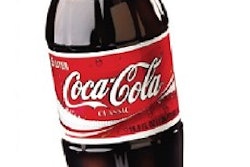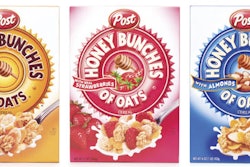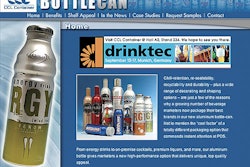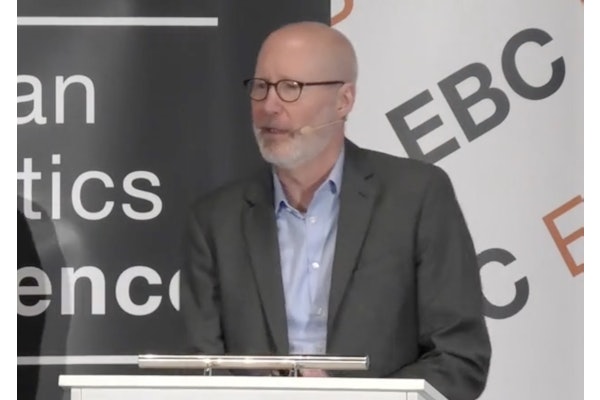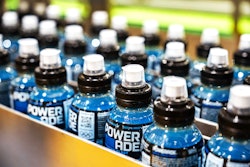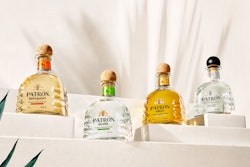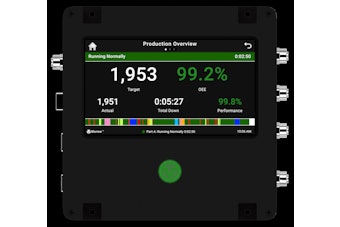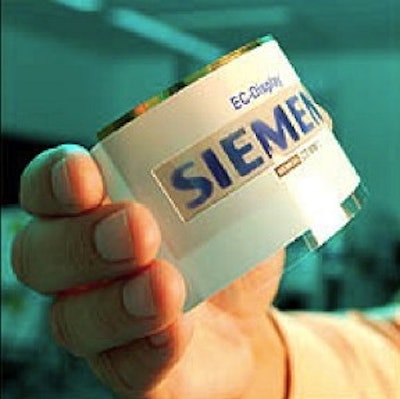
Chocolate bar wrappers flashing moving images and cereal boxes with video games built into the cardboard packaging may sound like something out of a sci-fi movie, but they could be on grocery store shelves by 2007.
It's the latest from Siemens AG, the German electrical engineering and electronics company that showcased its new, wafer-thin color displays at the Plastics Electronics trade fair in Frankfurt in early October.
The company says the miniature Harry Potter-ish displays can do everything a regular TV screen or computer monitor can for a fraction of the cost. And because the displays are cheap to produce (about $60 a square meter), the technology can be used on throwaway packaging such as foil wrappers.
The new displays have already caught the eye of local advertising firms. Mediaplus Advertising's Don Masters says advertisers are excited about the potential uses of the displays.
"I think anything that gives an advertiser or a consumer products company the ability to extend the messaging to their customers and to make it a more rich media experience is a very good thing," says Masters. "There is so much competition for the consumer's attention that, any advantage you can get, you've got to take it in this day and age."
Masters says the displays will allow companies to cross-promote their products more effectively. A customer who picks up a Nestle chocolate bar, for example, might be encouraged by the animated packaging to buy a Nestle drink to wash it down.
"It's the ability to turn product packaging into advertising for something other than the product that's inside of it," says Masters.
The displays also have practical uses, such as animated step-by-step instructions on equipment boxes, or packaging that allows consumers to change the text size or language of instruction on medicine packaging with the push of a button.
Done using electrochromic molecules
Siemens' Till Moor says electrochromic molecules give the illusion of moving images by changing the way light is absorbed or reflected. Ultra-thin batteries printed on to the packaging power the displays, which are also recyclable.
"In Germany, we have a system to recycle such packages made of plastic. If the display is made of plastic also, there's no doubt that you can handle it as normal waste," says Moor.
Judith Madill, a Carleton University business professor who specializes in consumer decision-making and the food industry, says how the public responds to animated packaging boils down to implementation.
"One of the concerns is you don't want to be too obtrusive in the minds of consumers," she says
"You have to make sure it adds to the experience, as opposed to taking away from their experience."
Masters says flashy packaging may annoy consumers at first, but expects most will eventually get used to it.
He likens the displays to the first billboards.
"At first, people thought they were visual pollution and now we see them and they're kind of at the edge of our consciousness and people don't really complain unless one is going up in their backyard."
This article, written by Steve Rennie of Sun Media, appeared in the October 24, 2005 online edition of the Ottowa [Canada] Sun.


